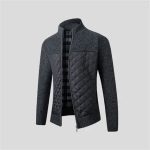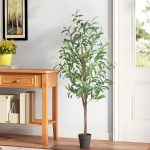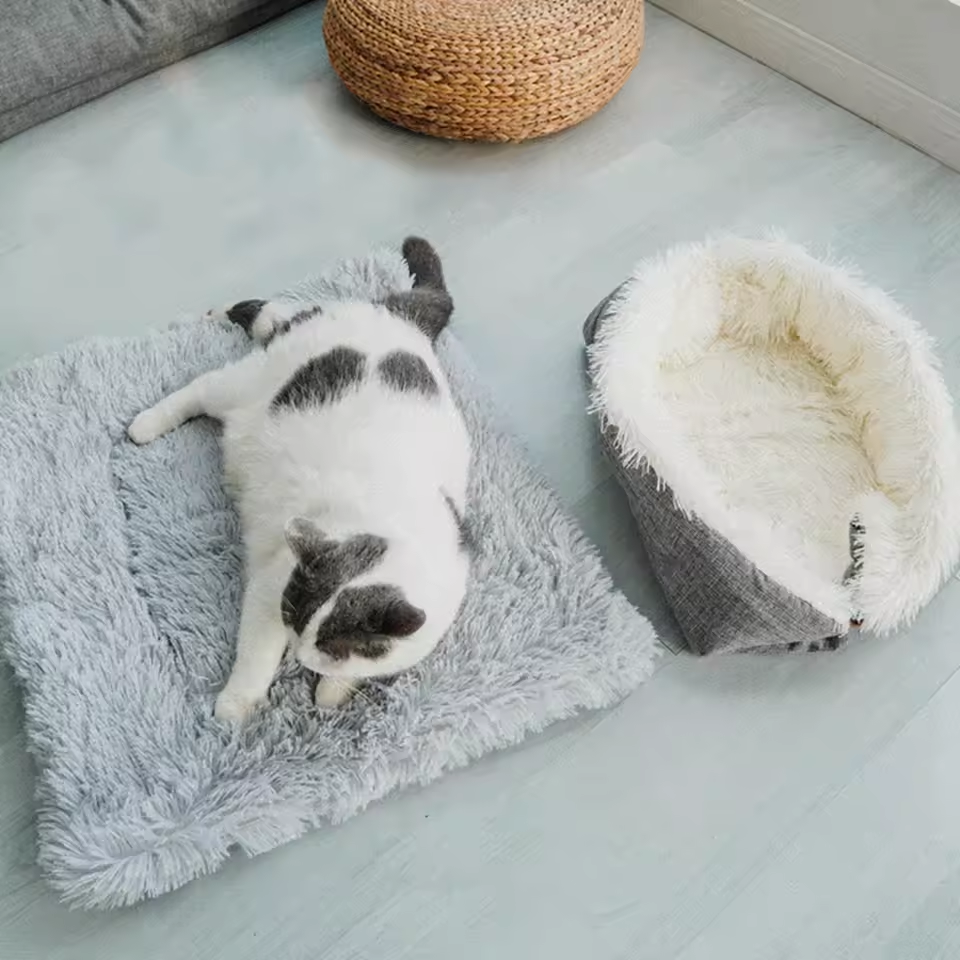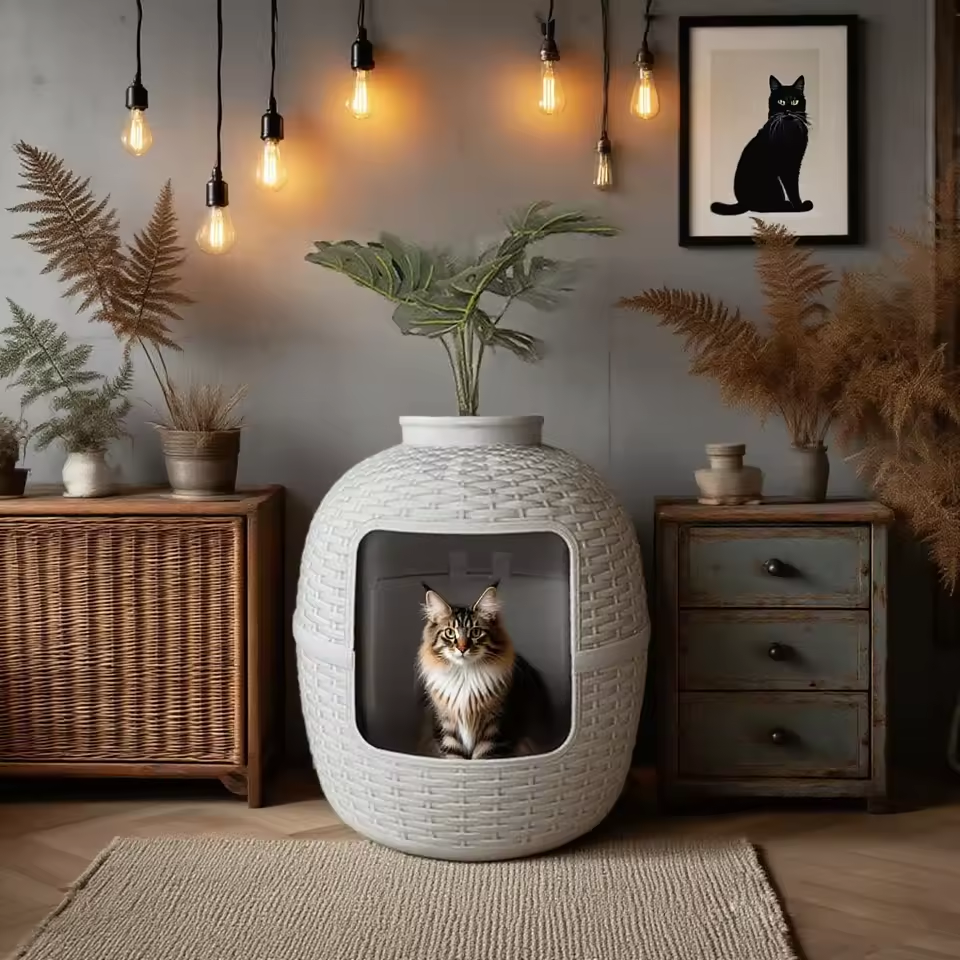Introduction to Reclining Sofas
The reclining sofa has revolutionized home furniture by merging relaxation with functionality. Unlike conventional sofas, it allows users to adjust the backrest and footrest into ergonomic positions, mimicking a chair or a bed. This adaptability makes it ideal for family rooms, home theaters, or small apartments where space is limited. The earliest recliners were manual, requiring physical effort to adjust, but today’s models often incorporate electric mechanisms for effortless use.
However, not all reclining sofas are created equal. Key considerations include comfort, durability, and the type of reclining mechanism. While a down filled sofa offers plush cushioning, a reclining sofa prioritizes posture support and ease of movement.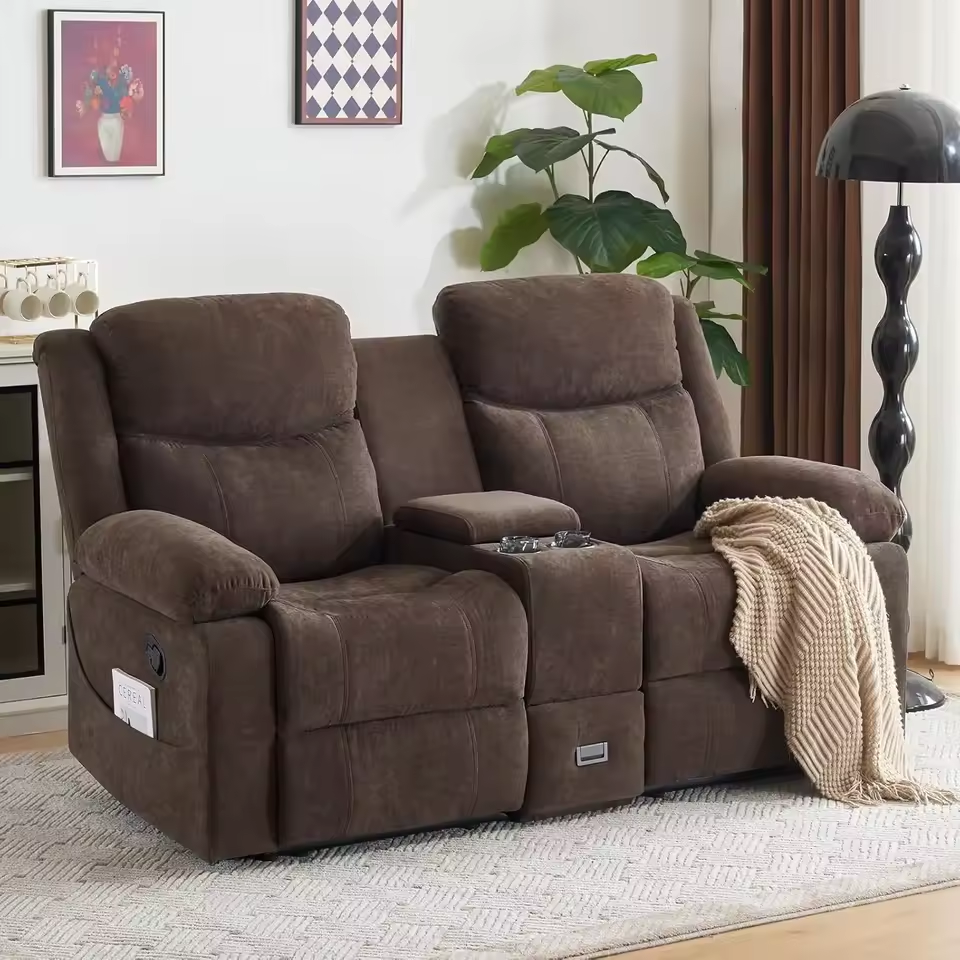
The reclining sofa has revolutionized home furniture by merging relaxation with functionality. Unlike conventional sofas, it allows users to adjust the backrest and footrest into ergonomic positions, mimicking a chair or a bed. This adaptability makes it ideal for family rooms, home theaters, or small apartments where space is limited. The earliest recliners were manual, requiring physical effort to adjust, but today’s models often incorporate electric mechanisms for effortless use. Modern innovations, such as memory foam cushions and wireless controls, have further enhanced comfort and accessibility, making the reclining sofa a cornerstone of contemporary living spaces.
Types of Reclining Sofas
Reclining sofas cater to diverse needs through specialized designs. Key types include:
1. Electric Reclining Sofa
Powered by motors, these sofas use buttons or remotes to adjust positions effortlessly. High-end models offer memory settings and voice control, though they cost 1,200–3,000 and require occasional motor maintenance.
2. Manual Reclining Sofa
Mechanical levers or push mechanisms adjust positions manually. Simpler and cheaper (500–1,000), they lack motorized convenience but are durable and low-maintenance.
3. Home Theater Sofa
Designed for entertainment, these feature cup holders, USB ports, and sometimes vibration systems. Their bulky size suits dedicated media rooms, though compact versions exist for smaller spaces.
4. Multifunctional Sofa
Combines reclining with sleeper, storage, or dining functions. Ideal for small homes, though comfort may compromise due to thinner cushions.
5. Modular Reclining Sofa
Customizable layouts using separate reclining sections. Perfect for open-plan homes, but assembly and cost per module can be cumbersome.
6. Leather Reclining Sofa
Adds elegance with durable leather, though full-grain options demand upkeep. Budget-friendly bonded leather lacks breathability but lowers costs.
Choosing Wisely
Electric models suit tech enthusiasts, while manual options offer budget-friendly reliability. Multifunctional or modular designs maximize space efficiency, and leather choices enhance aesthetics.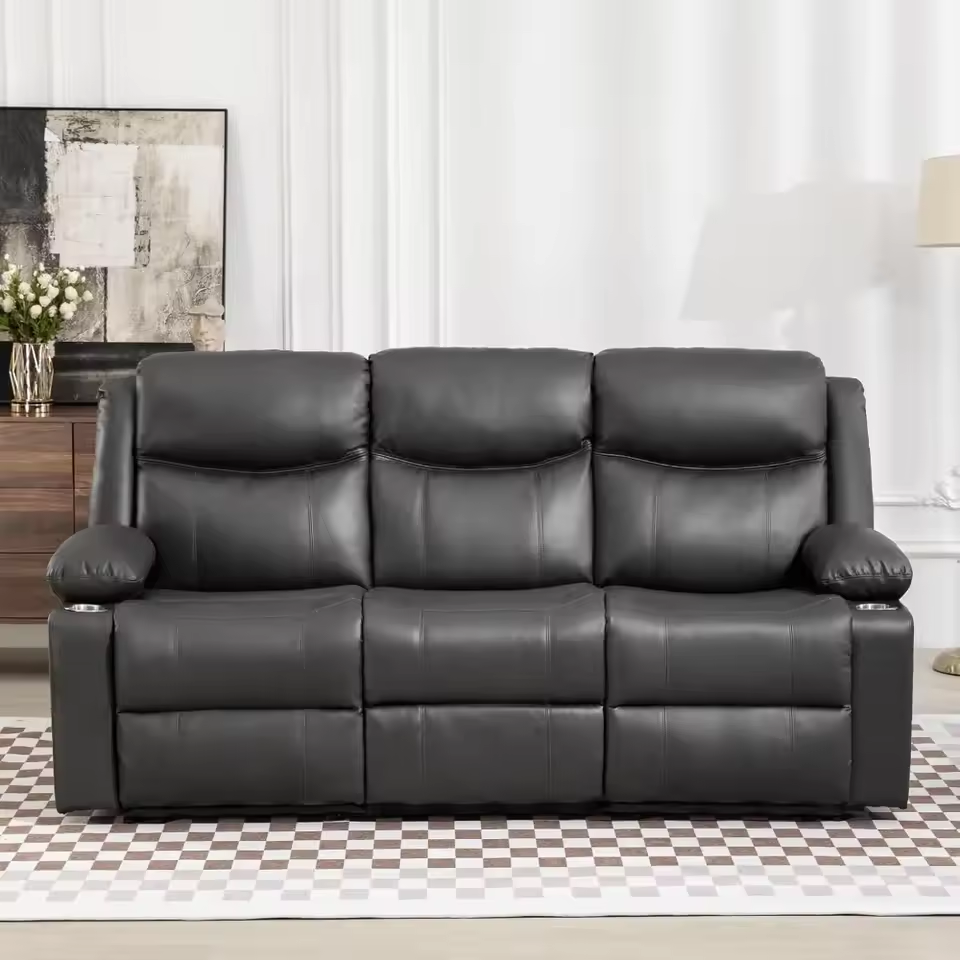
Design Trends and Aesthetic Appeal
Modern reclining sofas blend functionality with cutting-edge aesthetics. Current trends highlight:
- Minimalist Lines: Sleek, low-profile designs with clean lines dominate contemporary decor, often paired with neutral tones like gray or beige.
- Eco-Friendly Materials: Natural fabrics (e.g., organic cotton, reclaimed wood) and recycled foams appeal to sustainability-focused buyers.
- Tech-Integrated Styles: LED lighting under seats, wireless charging pads, and hidden storage compartments merge form with futuristic features.
- Bold Textures: Velvet, faux fur, or geometric-patterned upholstery add visual interest without compromising comfort.
Key Pairing Tips:
- Modern Spaces: Match metallic legs or glass tables to emphasize minimalism.
- Cozy Environments: Layer with chunky knit throws and faux-fur pillows.
- Rustic Homes: Opt for leather or linen fabrics with wooden accents to maintain warmth.
Space-Saving Innovations
Reclining sofas now prioritize compact design without compromising function. Key innovations include:
- Wall-Hugging Mechanisms: Foldable designs collapse vertically to nestle against walls, reducing footprint by up to 60%. Ideal for small apartments, they transform instantly from seating to flat storage.
- Modular Systems: Interchangeable sections let users customize layouts. A single reclining module can pair with non-reclining seats or chaise lounges, adapting to room shapes.
- Slim Profiles: Narrower sofas (28–32 inches deep) use compressed foam or slim motors to fit tight spaces like hallways or balcony corners.
- Multi-Purpose Functions: Built-in beds, storage compartments, or fold-down desks add utility. Hidden shelves under seats maximize space while maintaining sleek aesthetics.
Smart engineering ensures these sofas save space without sacrificing comfort. For example, telescoping legs adjust to uneven floors, and compact motors hide within frames. These designs meet urban buyers’ demands for furniture that adapts to limited square footage.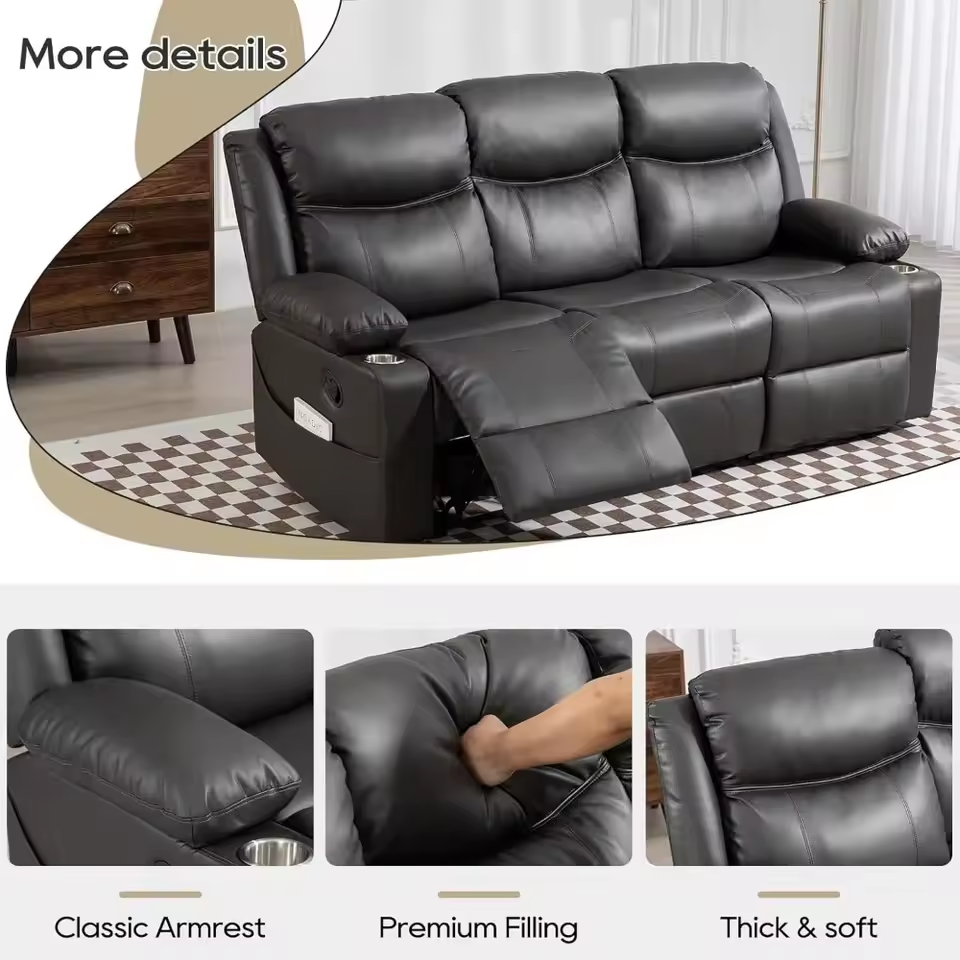
Key Features to Consider When Buying
Purchasing a reclining sofa requires evaluating multiple factors to ensure it meets your needs:
1. Reclining Mechanism
- Electric Motors: Offer effortless adjustments but demand occasional lubrication and battery/charger maintenance. Opt for warranties covering motor repairs.
- Manual Levers: Lower cost and maintenance but require physical effort. Ensure smooth operation without resistance.
2. Fabric and Upholstery
- Leather: Durable and stylish but requires conditioning to prevent cracking. Opt for bonded leather for budget-friendly options.
- Microfiber: Resists stains and is easy to clean, ideal for families with pets.
- Velvet: Adds elegance but needs careful spot-cleaning to avoid pilling.
3. Dimensions and Fit
Measure your space twice: Include clearance for reclining movement (e.g., 2–3 extra inches on either side). Avoid buying a sofa too wide for doorways or staircases.
4. Weight Capacity
Check specifications: Most recliners support 250–350 lbs per seat. Overweight buyers should seek reinforced frames or commercial-grade models.
5. Additional Features
- Memory Settings: Save favorite positions for quick access.
- Built-in Storage: Hidden shelves or cup holders boost practicality.
- Headrest Adjustability: Look for tilting or height-adjustable headrests for neck support.
Budget Breakdown
- Basic Models: 500–1,000 (manual, basic fabrics).
- Mid-Range: 1,200–2,500 (electric motors, premium materials).
- Luxury Options: $3,000+ (smart features, custom upholstery).
Common Mistakes to Avoid
- Overlooking warranty terms for motors or fabrics.
- Ignoring fabric durability in high-traffic areas.
- Underestimating required space for full recline.
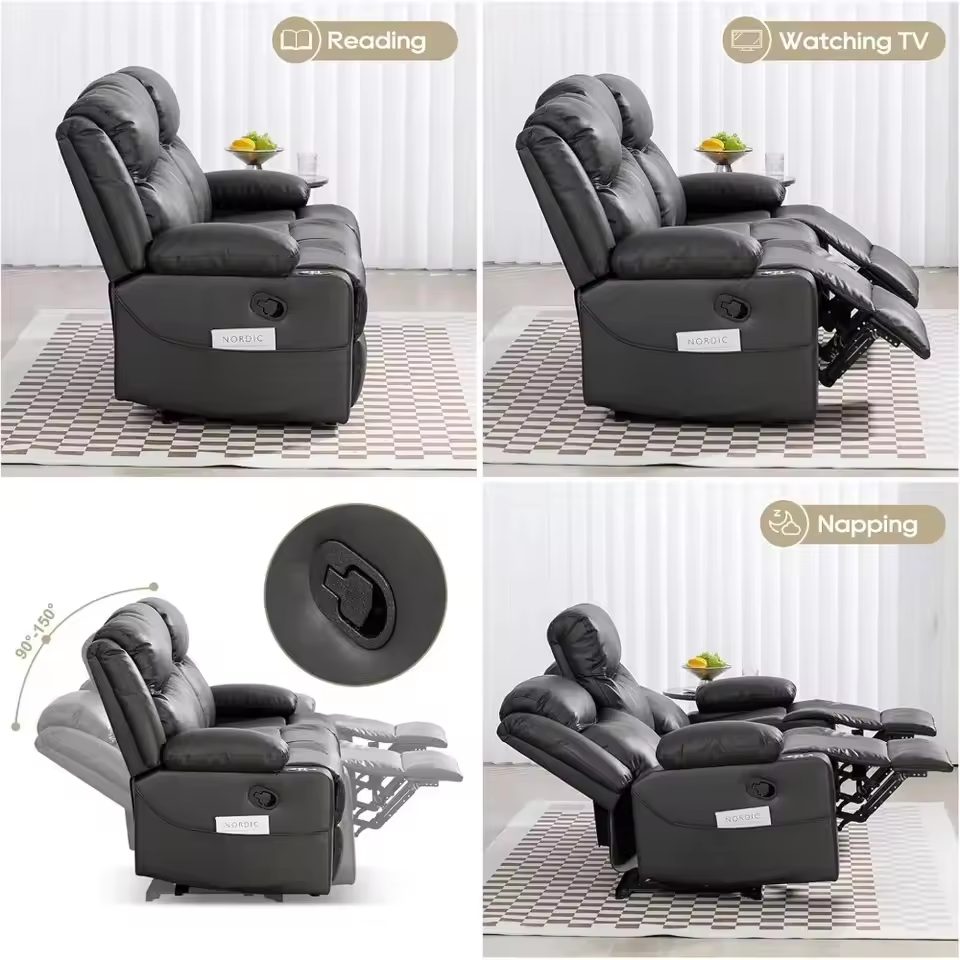
Reclining Sofa vs. Traditional Options
A reclining sofa offers distinct advantages over conventional sofas:
Comfort: Adjustable backrests and footrests provide ergonomic support, reducing back strain. Traditional sofas lack this flexibility, relying solely on fixed cushioning.
Functionality: Recliners convert into beds, workstations, or entertainment hubs. Standard sofas remain static, limiting their utility.
Space Efficiency: Foldable designs save floor space, while traditional sofas occupy fixed areas even when unused.
Drawbacks:
- Higher cost (electric models start at 1,200vs.500 for basic traditional sofas).
- Maintenance needs (e.g., motor upkeep for electric recliners).
Ideal Use Cases:
- Reclining: Best for small homes, families, or tech-savvy buyers prioritizing adaptability.
- Traditional: Better for minimalist decor or buyers seeking simplicity at a lower price.
Maintenance and Longevity Tips
Proper care extends the lifespan of your reclining sofa, ensuring comfort for years:
1. Regular Cleaning
- Weekly: Vacuum crevices and cushions to remove dust and pet hair. Use the brush attachment for delicate fabrics.
- Monthly: Spot-clean spills immediately with a damp cloth. Avoid soaking; instead, dab stains gently. For tougher marks, apply mild detergent diluted with water.
- Yearly: Professional deep-cleaning removes embedded dirt and restores fabric luster.
2. Mechanism Care
- Electric Motors:
- Lubricate moving parts every 6 months with silicone spray.
- Unplug the sofa if it overheats or makes unusual noises.
- Manual Recliners:
- Tighten loose screws quarterly.
- Apply WD-40 to hinges to prevent squeaking.
3. Environmental Protection
- Sunlight: UV rays degrade fabric and fade colors. Use blackout curtains in sunny rooms.
- Humidity: Keep the sofa away from heaters or vents to prevent dryness.
4. Usage Habits
- Avoid leaning back abruptly; use recline buttons gradually.
- Distribute weight evenly—sudden shifts strain springs.
5. Emergency Fixes
- Torn Fabric: Patch small tears with adhesive upholstery tape.
- Sticky Motors: Wipe electric controls with isopropyl alcohol to remove residue.
Warranty Awareness
Check coverage for motor parts (typically 1–5 years) and fabric (5–10 years). Document maintenance steps to avoid warranty disputes.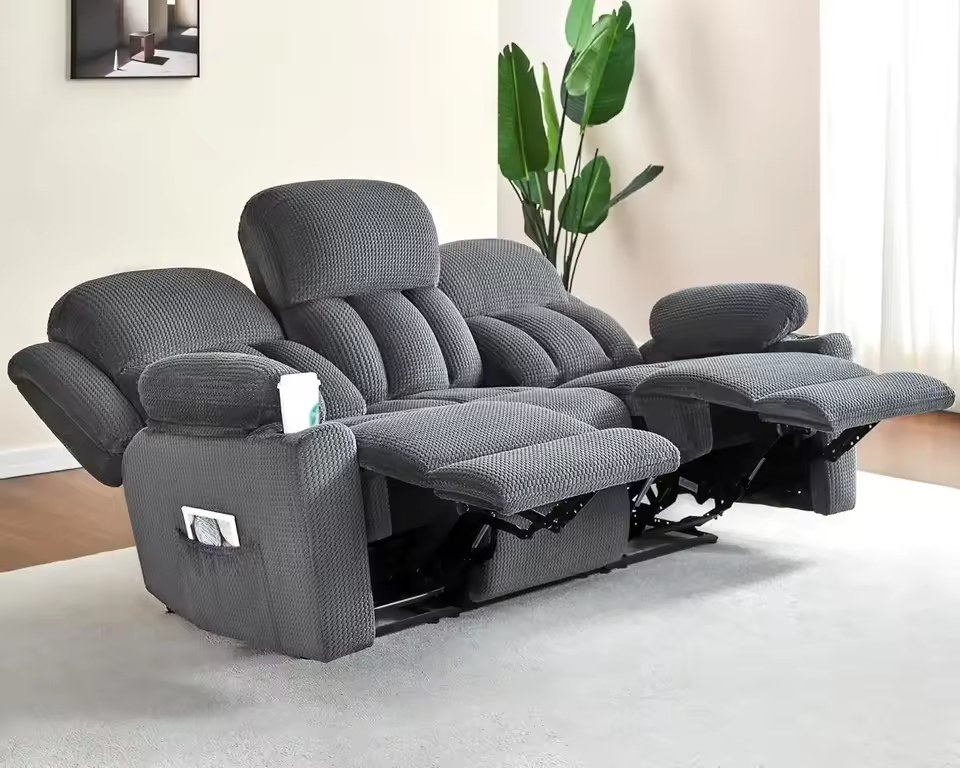
Future Trends in Reclining Furniture
The reclining sofa industry is poised for transformative innovations:
1. Smart Integration: Voice-controlled recliners with IoT compatibility will sync with home systems for automated adjustments based on posture or ambient light.
2. Eco-Friendly Materials: Brands will adopt biodegradable foams, recycled metals, and plant-based fabrics to reduce environmental impact.
3. Health Monitoring: Sensors embedded in cushions could track heart rate or posture, alerting users to ergonomic risks.
4. Customization: 3D-printed parts and modular designs will let buyers tailor shapes, colors, and functions to personal preferences.
5. Compact Tech: Foldable frames and ultra-thin motors will maximize space-saving potential in urban homes.
These trends reflect a shift toward sustainability, personalization, and health-conscious design, redefining how we interact with furniture.
